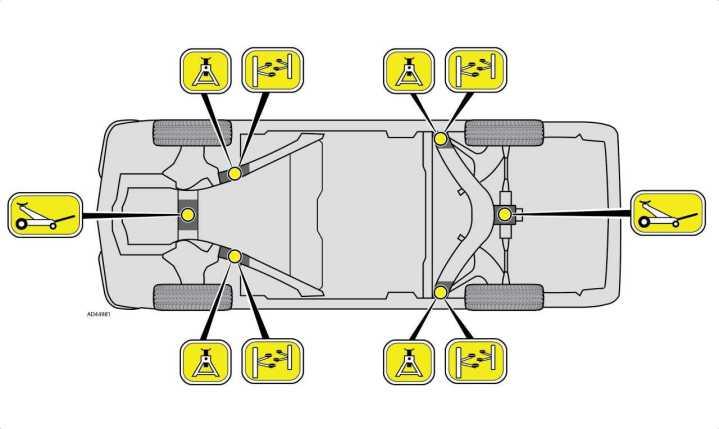How to safely change a wheel on the road - basic steps and important tips
Unexpected complication on the way to work? A puncture on a wheel is a common occurrence, unfortunately usually at the least opportune time and place. At times like these, safety is a priority, which is why it's important to know the correct procedures for replacing a wheel on the road. Let's go over together how to handle this task with ease and safety.
Preparation before changing a wheel is key
Make sure you have the right equipment before you set off. A space saver wheel is an invaluable help in the event of a puncture, allowing the driver to get to the workshop safely. Zkontrolujte, zda máte k Make sure you have all the tools you need, including a wheel wrench and a car jack. The only way to be sure is to get a complete wheel replacement kit.
When replacing the wheel, proceed as follows:
- Slow down and stop in a safe place: If possible, make sure your vehicle is well away from the lane of the road and clearly visible to other drivers.
- Use the warning triangle: place the warning triangle on the road far enough away from the vehicle to warn other drivers in advance of a complication.
- Release and check the spare: Before you start changing the wheel, make sure the space saver spare wheel is sufficiently inflated and therefore ready for use.
- Loosen the wheel: Use a wheel wrench to loosen the bolts, but do not remove them completely.
- Raise the vehicle: On a stable and level surface, use a jack to lift the car and remove the loose bolts.
- Remove the defective wheel: carefully remove the defective wheel and store it safely in the car.
- Install the spare wheel: Fit the space saver spare wheel and lightly screw in the screws.
- Lowering the vehicle: Using the jack, lower the vehicle and tighten the bolt threads to the final force.
Ensure safety when removing a defective wheel
Remember that safety is always a priority. Try not to change wheels on a busy road unless absolutely necessary. Be aware of passing vehicles and wear a reflective vest as soon as you get out of the vehicle. Place all tools at the edge of the road, not facing traffic.
7 tips for a smooth wheel change
When changing a wheel, it's important to think about several other important factors that can affect the safety and smoothness of the process:
1. Stable support:
Make sure that the jack is firmly positioned under the vehicle in the location specified by the vehicle manufacturer (see the owner's manual) and has sufficient load capacity for the specific vehicle.
Proper Hever Placement - The hever must be placed at the points designated for lifting. Typically there are small triangles on the vehicle or points marked on the chassis for lifting the vehicle. A hever that is designed for passenger cars up to 3.5 tons often has a lifting capacity of 1.5 to 2.0 tons. 2.0 ton hevers are used for SUVs and higher. The fact that the load capacity of a hever is 2.0 does not mean that it will not lift a heavier vehicle in the event of a puncture. It is important to remember that in a puncture the driver lifts ¼, at most 1/2 of the car. Therefore, the hever is always sufficient to replace the wheel.

2. Unevenness of the terrain:
Only on a stable and level surface can the dismantling and assembly of the wheels be truly safe and trouble-free.
3. Correct bolt loosening technique:
Use correct technique when loosening and tightening screws. Bolts should be tightened gradually and in a cross pattern.
4. Wear check:
When you lift the vehicle, check the condition of the chassis, especially if there is a puncture. If necessary, make an appointment with a mechanic as soon as possible.
5. Pressure check:
Before returning to the road, make sure the newly installed space save spare wheel has the correct air pressure or have it refilled at the nearest service station. Insufficient pressure can lead to damage to the range wheel and can cause the vehicle to become unstable. It is therefore advisable to check your range wheel once in a while, as it often sits in the boot for long periods of time. By checking, we mean measuring the pressure and topping it up if necessary.
6. Getting your hands dirty:
Wash your hands thoroughly when you have finished changing the wheel to prevent any grease from contaminating the interior of the vehicle. Certainly the easiest way is to work with gloves.
7. Continue driving carefully up to 80km/h:
It is important to choose a lower speed after changing the space saver wheel, with a maximum of 80 km/h. By following these tips, you can be sure that you are prepared for any situation on the road.

